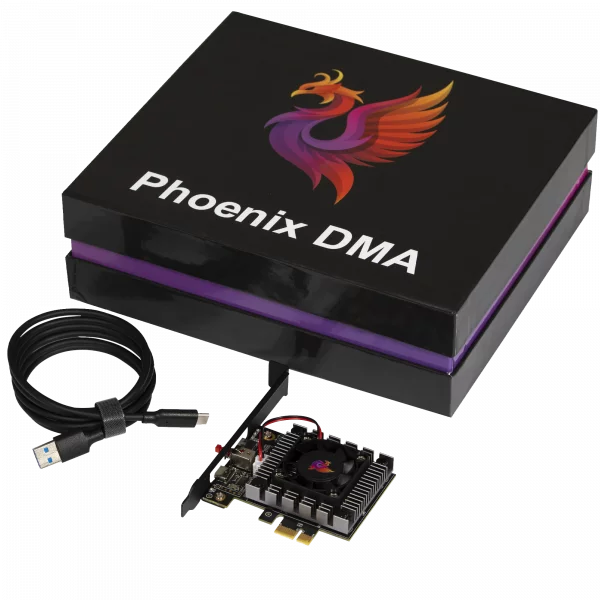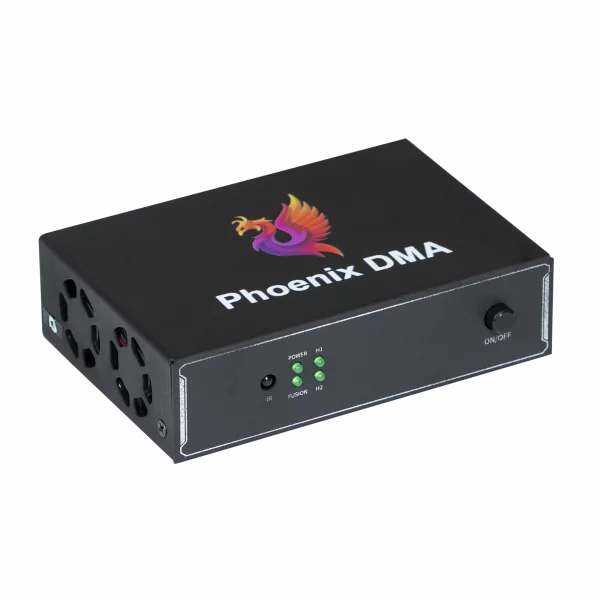Understanding the Role of DMA Cards in Device Communication
In the ever-evolving landscape of research, successful information managing is essential for process efficiency and reliability. One essential engineering that significantly increases that efficiency may be the Primary Storage Entry (DMA) card. Phoenix DMA enjoy a vital role in controlling data moves between system memory and peripherals without burdening the main processing system (CPU), thus streamlining procedures and increasing over all process efficiency.

Historically, information move between storage and peripherals like hard disk drives, network cards, and artwork controllers was handled directly by the CPU. This approach, called designed I/O (PIO), involves the CPU executing the info move instructions, which eats considerable handling time and resources. Consequently, the CPU is entertained with information move responsibilities and might develop into a bottleneck, specially in systems requiring high-speed information transactions. This really is wherever DMA cards enter into play. DMA is a method that enables peripheral products to speak right with the machine storage, bypassing the CPU. A DMA card, which properties the required circuitry and logic for this technique, controls the information move operations independently. That offloading of jobs ensures that the CPU can focus on different critical processing jobs, leading to more efficient over all system performance. The benefits of using DMA cards are manifold. First and foremost, they significantly enhance process throughput by freeing the CPU from the duty of handling information transfers. That is particularly helpful in programs with high-speed knowledge requirements, such as for instance machines, gambling PCs, and data purchase systems. By enabling peripherals to transfer knowledge immediately, DMA cards reduce the latency and cost connected with CPU-managed transfers. More over, DMA cards lead to higher multitasking capabilities. In a multi-threaded atmosphere, wherever multiple procedures or purposes are running simultaneously, the capability to manage data moves separately ensures that the CPU can spend methods more successfully to various tasks. This results in softer operation and less performance destruction under heavy load conditions. Another essential facet of DMA cards is their role in increasing process reliability. By managing information transfers autonomously, DMA cards decrease the likelihood of CPU-induced problems and system crashes. Additionally they support sophisticated characteristics like burst method transfers, where large prevents of data are shifted in one get, more increasing efficiency and reducing the time used on knowledge handling.

In summary, DMA cards really are a cornerstone of modern data managing technology. By permitting direct interaction between peripherals and process memory, they relieve the CPU from the burden of controlling knowledge transfers. That leads to increased process efficiency, better multitasking functions, and enhanced reliability. As research demands carry on to cultivate, the importance of DMA cards in ensuring efficient and efficient knowledge handling can not be overstated. Their role in optimizing data transfer functions makes them an vital portion in both contemporary and potential computing systems.